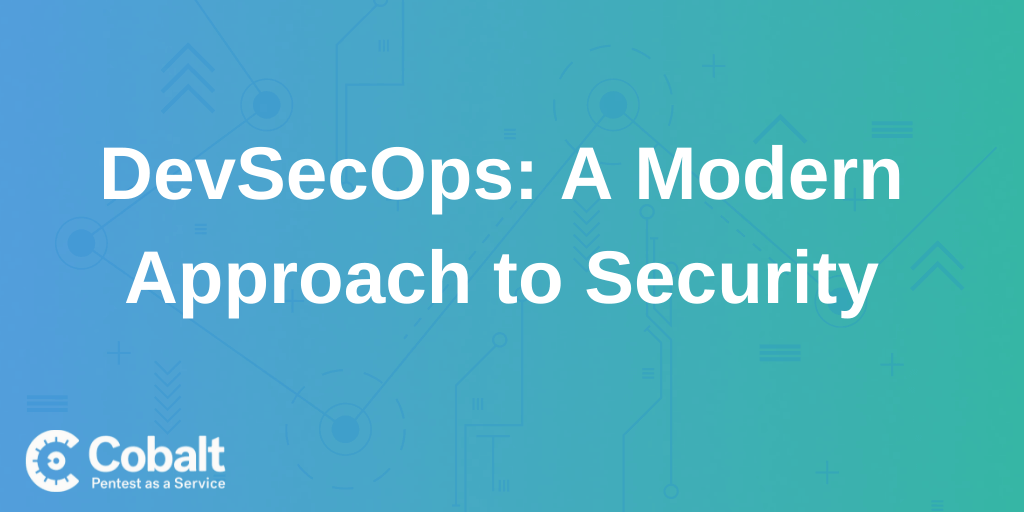AppSec and DevSecOps offer similar but different approaches to cybersecurity. By understanding the differences, businesses will be better prepared to build a strong security program.
To start, AppSec (application security) is a profession, often led by an AppSec team housed within a company’s security or engineering department. The profession focuses on implementing and improving security through its engineering expertise. As a result, it’s easy to understand how AppSec becomes associated with DevSecOps.
With that said, let’s take a closer look at the differences between AppSec vs DevSecOps before diving into the techniques and benefits of both.
What’s the difference between AppSec and DevSecOps?
According to TechTarget, AppSec “is the practice of using security software, hardware, techniques, best practices, and procedures to protect computer applications from external security threats.”
On the other hand, DevSecOps is defined as the focus on a seamless integration between the three disciplines of development, security, and operations with as much transparency as possible. DevSecOps emphasizes collaborative processes and increased automation.
Definitions aside, there’s an assumption that including AppSec practices within a DevOps model magically transforms it into a DevSecOps model. But this is a simplistic view of DevSecOps at best. Software development lifecycles (SDLC) are more complex than this. Instead, DevSecOps focuses more on the integration, automation, and increased collaboration between security, development, and operations.
Another difference, the broader company benefits when security best practices are implemented earlier in the software development cycle. The benefits for the company range from increased security coverage to faster time to market. With DevSecOps, instead of a security review commencing after development is done — with hopes that no vulnerabilities are found, security is integrated directly into the development team's process creating a collaborative and efficient approach.
AppSec Techniques
AppSec techniques start with a strong understanding of the application including the coding languages, frameworks, and other engineering best practices to allow teams to implement security throughout the development process.
Different types of AppSec techniques include:
- Establishing security requirements before development
- Completing security testing with a white or black-box audit
- Creating a risk audit with security risks tied back to business goals
- Leveraging automated security tools
While AppSec techniques are great to consider in and of themselves, a new level of value becomes available when companies integrate security into a DevSecOps method.
DevSecOps Techniques
DevSecOps on the other hand focuses more on implementing security through a change in philosophy — security shouldn’t be an afterthought in the development process or someone else’s responsibility. A strong security program involves many actors coordinating in a series of complex maneuvers comparable to an elegant dance.
Different types of techniques commonly seen in a DevSecOps model include:
- Threat Modeling
- IDE Security Plug-ins & Pre-Commit Hooks
- Peer Reviews
- Coding Standards
- Dependency management
AppSec Benefits
While the approach of AppSec is more comparable to a foundation upon which a successful DevSecOps methodology is built upon — there are benefits to AppSec, especially when compared to having no security practices at all. These benefits set the standard for security programs and range from increased security coverage, decrease the chance of a breach, and increase trust with customers.
That being said, it is best to transition towards a more efficient and modern approach. To this point, let’s take a closer look at the benefits offered by DevSecOps.
DevSecOps Benefits
The benefits of a DevSecOps approach are many, ranging from better supporting internal teams to improving efficiency for the company through cross-functional collaboration. A few noteworthy benefits of DevSecOps include:
- Faster time to market and a decrease in production costs.
- Alignment between different teams to improve processes has been shown to decrease the risks of a breach through improved security and fewer false positive vulnerabilities.
- Improved ability to measure the success of development, security, and operations.
- Decrease in the number of security issues discovered in a code review.
- Increased ability to respond to a security incident.
If you’re looking to learn more about the benefits of DevSecOps take a look DevSecOps statistics.
In closing, the benefits of implementing a DevSecOps model are fairly apparent. Companies looking to increase their security coverage, improve their time to market while decreasing costs, and improve measurability are three compelling reasons to do so.
For companies seeking to transition to a leaner DevSecOps model, explore how Cobalt’s Pentest as a Service (PtaaS) Platform helps support this with our on-demand pentesting model.
Explore more on this topic with a pentester's guide to web application testing.









